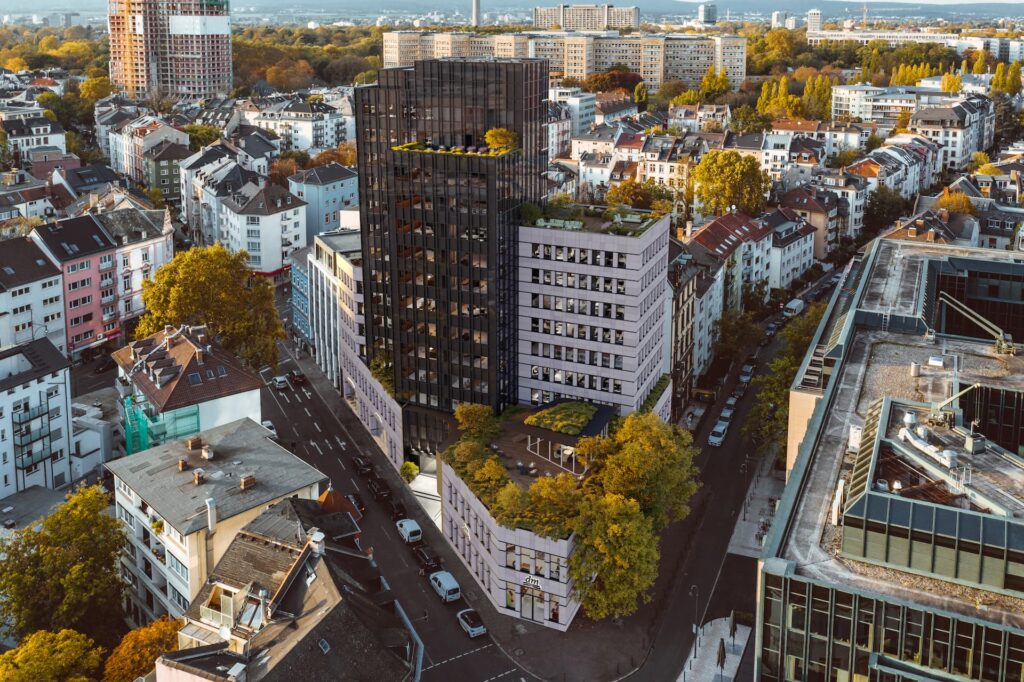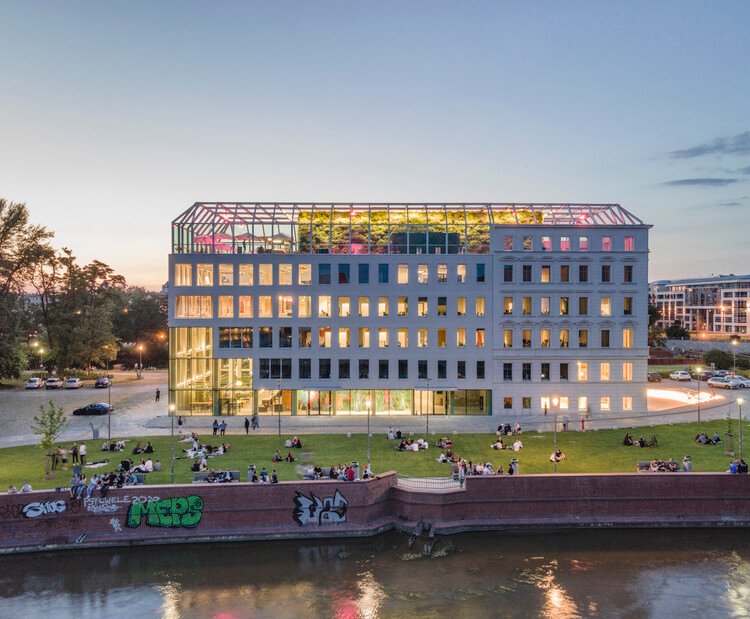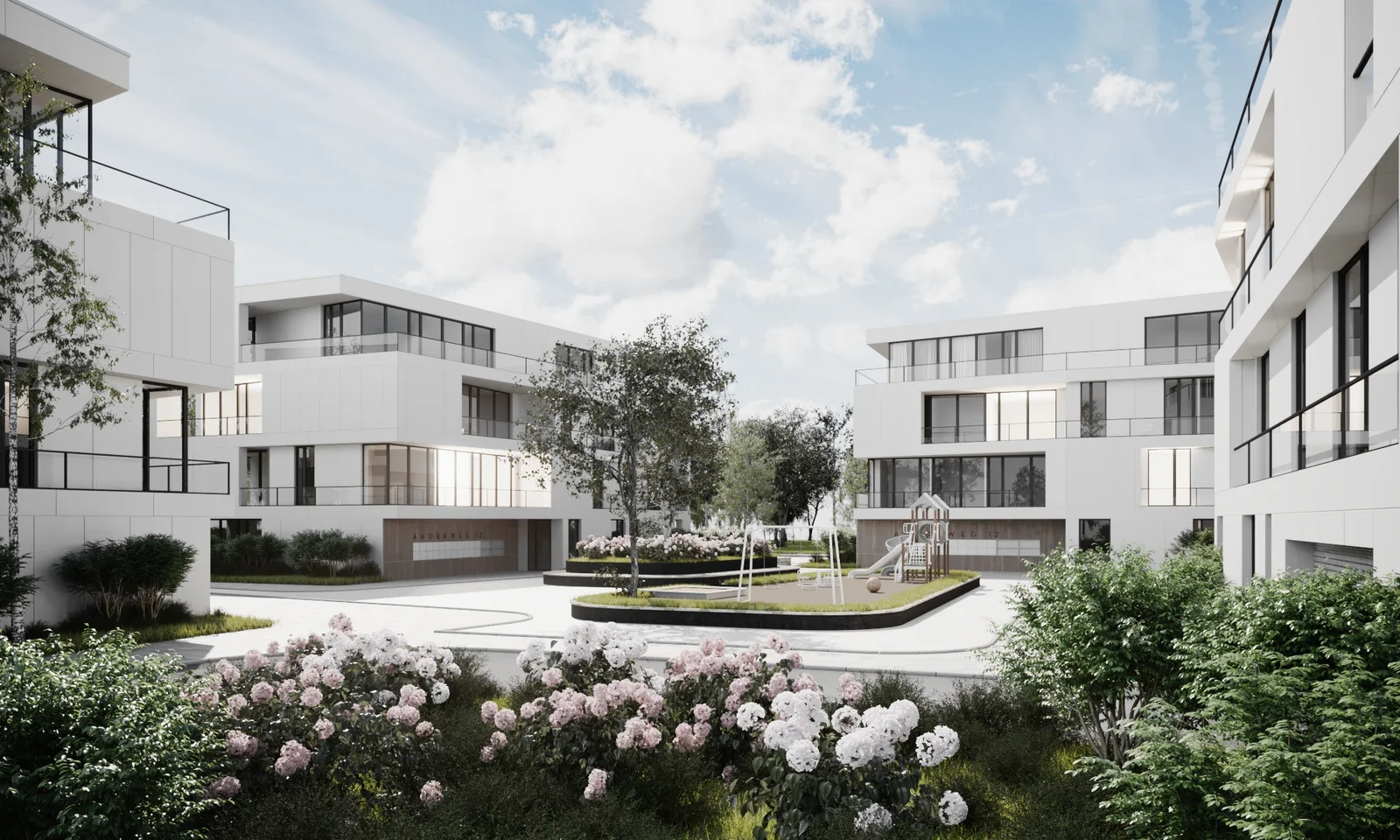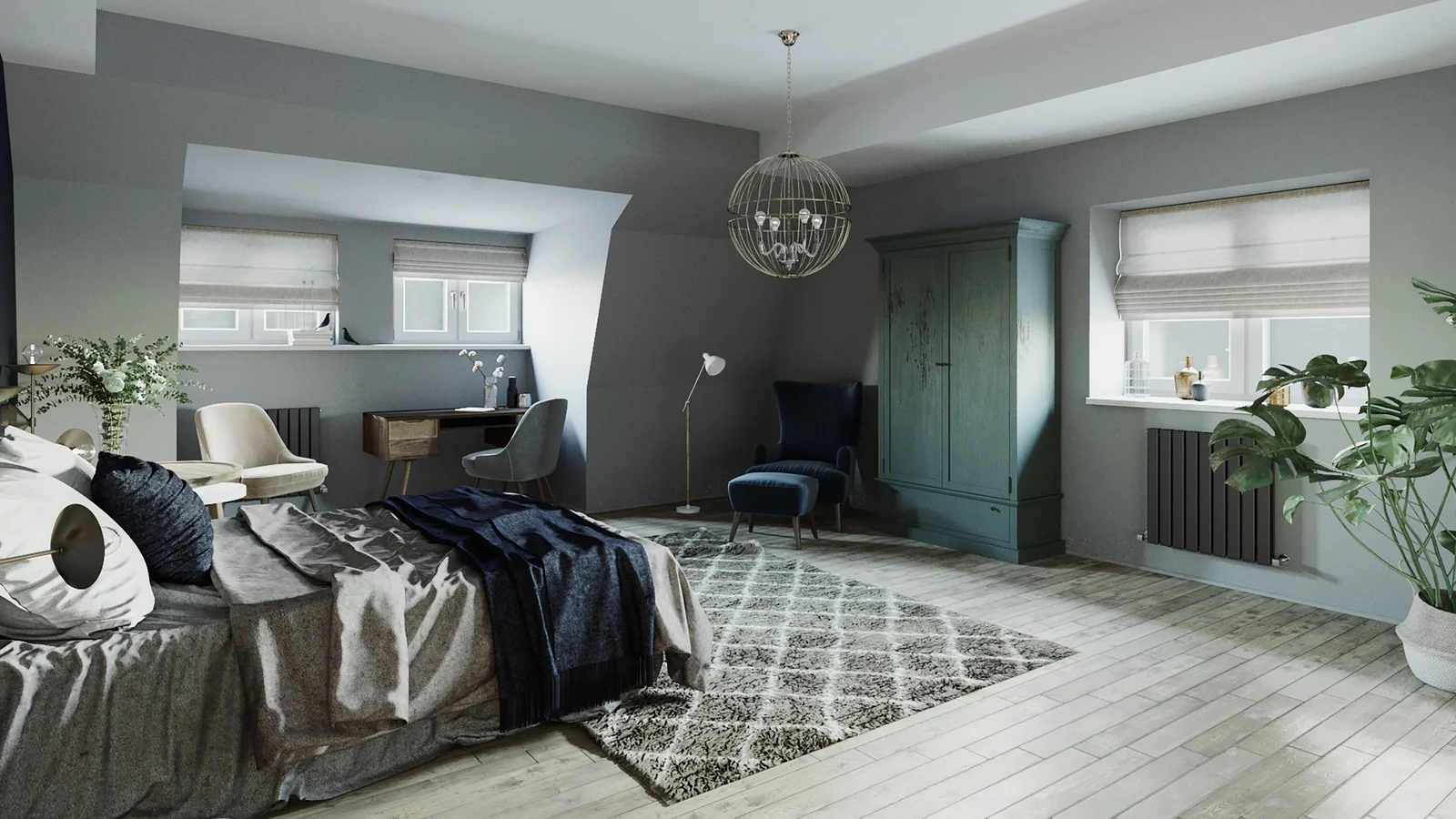How Lighting Moods for Night Visualizations Can Be Realistically Simulated
Lighting plays a pivotal role in defining the aesthetics of a scene, especially in visualizations. It has the power to dramatically change the mood, evoke emotions, and highlight features of interest. One of the most challenging aspects of visualization is simulating the realism of night scenes. The darkness of night, punctuated by various light sources, creates a unique visual mood that can be difficult to accurately replicate. This blog post explores the techniques and strategies to realistically simulate lighting moods for night visualizations.
Understanding the Basics of Night Lighting
Before we delve deeper into the intricacies of night lighting simulation, it is essential to understand the basic concepts and principles. The night environment is characterized by low light conditions, a stark contrast to the bright and vibrant daylight scenes. However, it’s the interplay of artificial and natural light sources that creates the distinct night-time ambience. To realistically simulate this, one needs to have a firm grasp on how different light sources behave and how they interact with various surfaces.
The Role of Light Sources
In night visualizations, light sources play a crucial role. They not only illuminate the scene but also define the mood and atmosphere. There are two types of light sources that we need to consider – natural and artificial. Natural sources include the moon and stars, which cast a soft, diffused light. On the other hand, artificial light sources like street lamps, building lights, and car headlights can vary greatly in intensity, color, and direction.
Understanding Light Behavior
Understanding how light behaves is key to creating realistic night visualizations. Light has the ability to reflect, refract, and diffuse when it encounters a surface. It’s these interactions that create shadows, highlights, and color variations in a scene. At night, these effects can be more pronounced due to the contrast between lighted and unlighted areas.
Understanding the Basics of Lighting Moods for Night Visualizations
The Role of Light in Night Visualizations
Lighting plays a significant role in creating the atmosphere and mood for night visualizations. It’s the key element that shapes our perception of the environment and sets the tone for the scene. Whether you’re visualizing an urban landscape or a secluded countryside, the lighting will greatly influence how the viewer perceives and interprets the scene.
The use of light in night visualizations is not just about illuminating the scene; it’s about creating depth, highlighting key elements, and enhancing the emotional impact. By understanding the principles of lighting and how it influences mood, you can create night visualizations that are not only realistic but also emotionally engaging.
The Science Behind Light and Mood
The human eye is highly sensitive to light, and our brains naturally associate different lighting conditions with different moods and emotions. For example, a brightly lit scene can evoke feelings of happiness and energy, while a dimly lit scene can create an atmosphere of mystery and suspense.
This association between light and mood is deeply ingrained and has been used by artists, filmmakers, and designers for centuries to evoke specific emotional responses. By understanding this relationship and how it works, you can use lighting to create specific moods and atmospheres in your night visualizations.
Practical Techniques for Simulating Realistic Lighting Moods
Using Light and Shadow to Create Depth
One of the most effective ways to create a sense of depth and realism in your night visualizations is through the use of light and shadow. By carefully positioning your light sources and considering how the light interacts with the objects in your scene, you can create realistic shadows that add depth and dimension to your visualizations.
Manipulating Color and Intensity for Emotional Impact
The color and intensity of your lighting can also have a significant impact on the mood of your scene. Warm colors like reds and yellows can create a sense of warmth and coziness, while cool colors like blues and greens can evoke feelings of calm and serenity. Similarly, the intensity of your lighting can be adjusted to create a range of moods, from the high-energy excitement of a brightly lit cityscape to the quiet tranquility of a moonlit countryside.
By mastering these techniques and understanding how light influences mood, you can create night visualizations that are not only visually stunning but also emotionally resonant.In conclusion, the strategic use of lighting can significantly enhance the quality of night visualizations, thereby making them more realistic and engaging. Through advanced simulation techniques, software, and a comprehensive understanding of light behavior, designers can create moods and atmospheres that captivate viewers and effectively communicate the intended message. Regardless of the project’s scope or objective, the right lighting mood can potentially be a game-changer. ‘How lighting moods for night visualizations can be realistically simulated’ is a topic that deserves thorough exploration and experimentation in the realm of design, as it holds immense potential for enhancing the viewer’s experience and perception.







